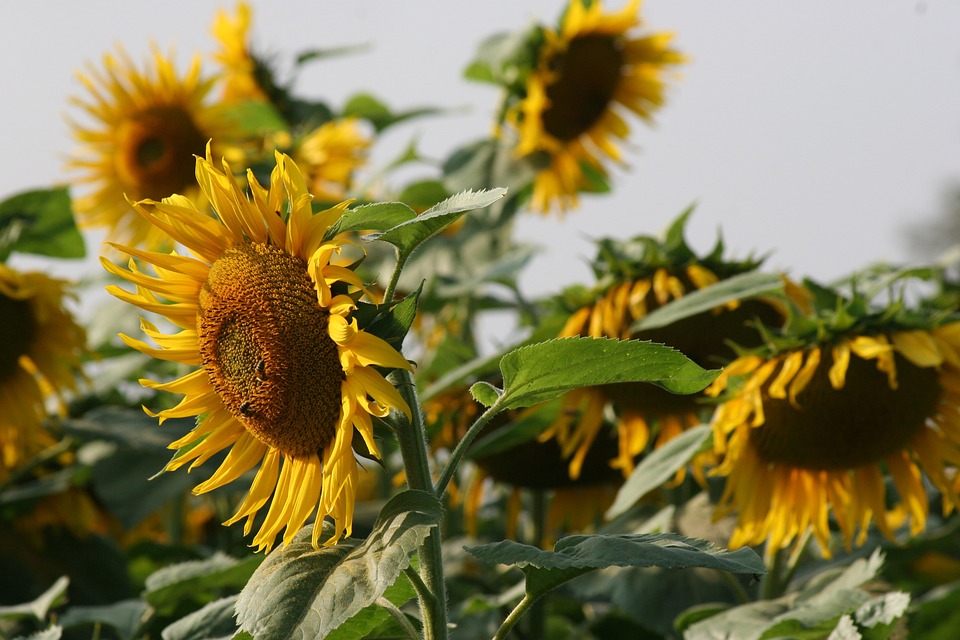- Home /
- Magazine
Hubert Pfister, at the heart of Alsace’s hop fields
Hubert Pfister has been running the family farm for almost 50 years, and is passionate about growing hops in Wingersheim-les-Quatre-Bans. As September approaches, the crucial month for the harvest, he opens the doors to his farm and the unique world of this emblematic plant of Alsace and the Beau Jardin.
A family history rooted in hops
Hubert Pfister is the third generation to run the Pfister farm, a family business specialising in hops and cereals. He has been farming since 1976, and now works with his wife Pierrette and two of his three sons.
“Hopsare a crop that requires constant attention,”he confides. From pruning in March to harvesting in September, the production cycle follows a very precise timetable. A hop plot can remain in place for up to twenty years, but requires almost daily monitoring.
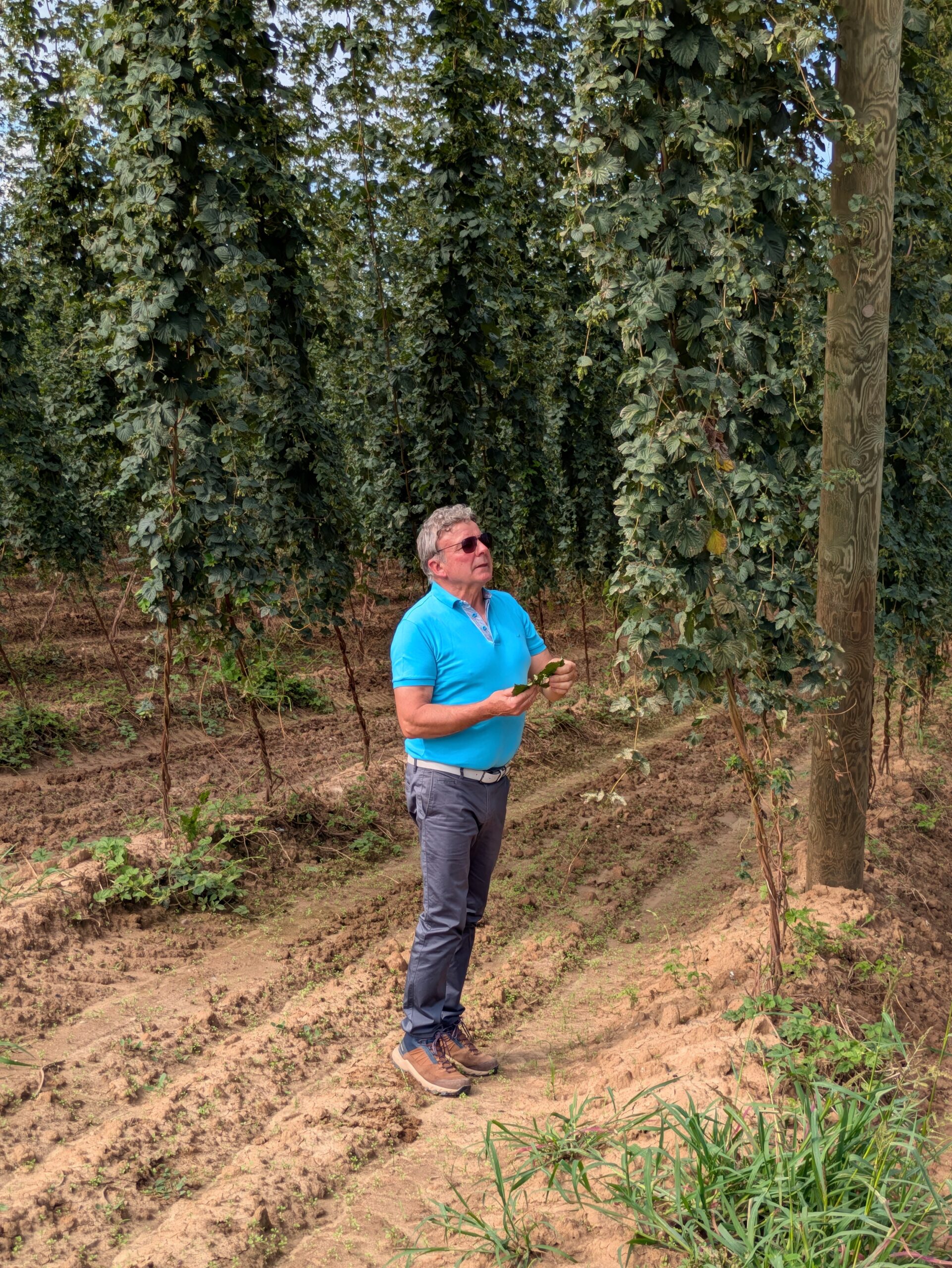
September, the month of high stakes
September marks the highlight of the year: the hop harvest. “It’s theculmination of five months’ work. The machines have to run smoothly and the weather has to be good.It’s a stressful time, but also a satisfying one. When you see thegreen cones, you’re proud of the work you’ve done
The harvesting process is impressive: the vines are cut, sorted, dried at 60°C, then pressed into 60 kg sacks before being delivered to the Brumath cooperative. Alsatian hops are supplied to major breweries such as Kronenbourg, Meteor and Licorne, as well as many craft breweries in the Grand Est region, and some are exported internationally.
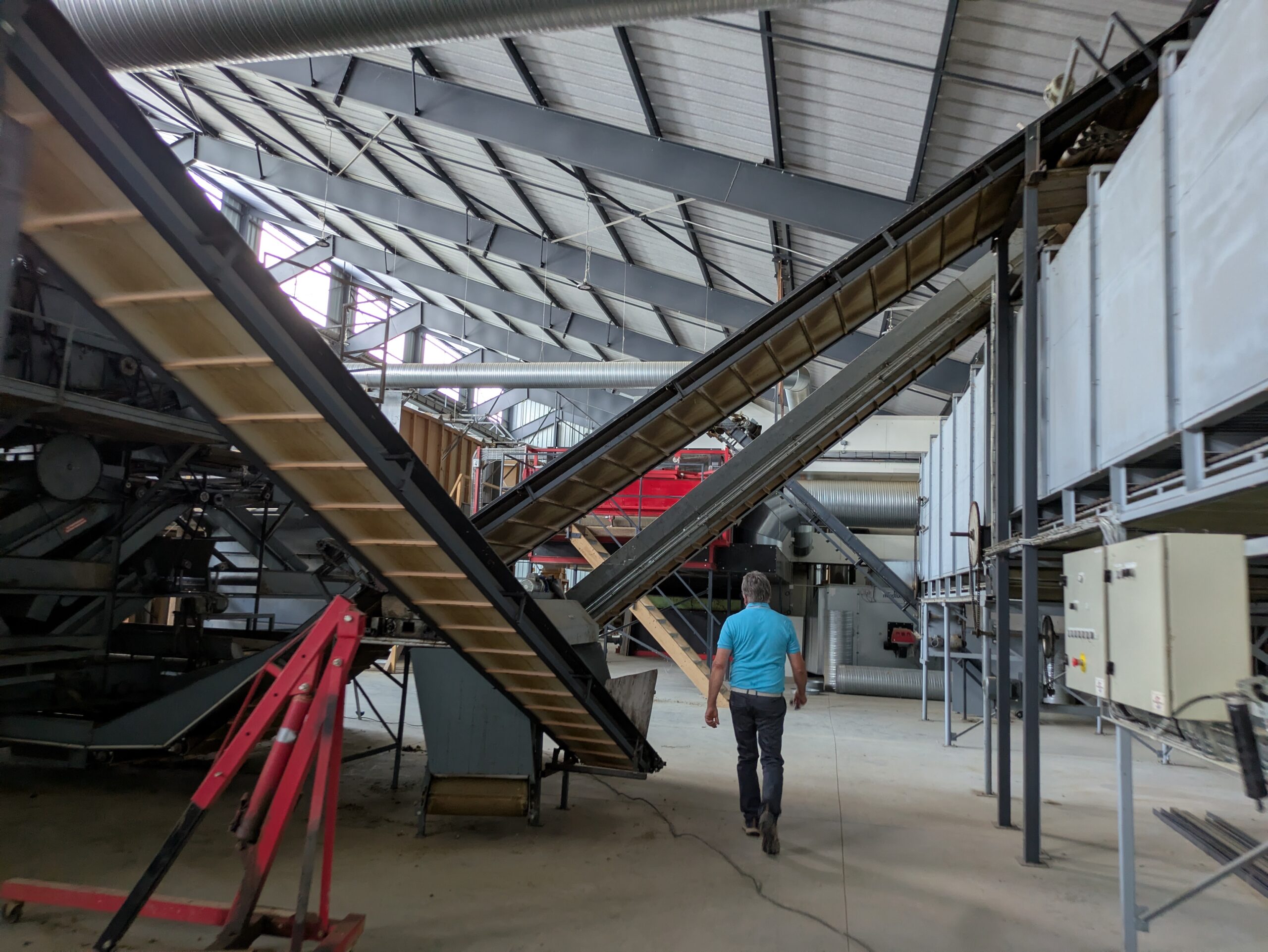
The Hop Trail, an immersion in a living heritage
But beyond the business, Hubert Pfister is also committed to passing on his hop heritage and helping others to discover it. Since 1995, he has been an active member – and now chairman – of ACHA (Association au Cœur des Houblonnières d’Alsace), which runs the hop trail in Wingersheim-les-Quatre-Bans.
“Theaim is to help visitorsdiscover the landscape,local history and,of course, hop growing, a plant that is part of ouridentityVisitors follow a five-kilometre trail punctuated by viewpoints and explanatory panels. It’s an immersive experience, often peppered with anecdotes, such as the day a Breton couple mistook the hop plants for“gianttomatoes or beans“, he smiles.
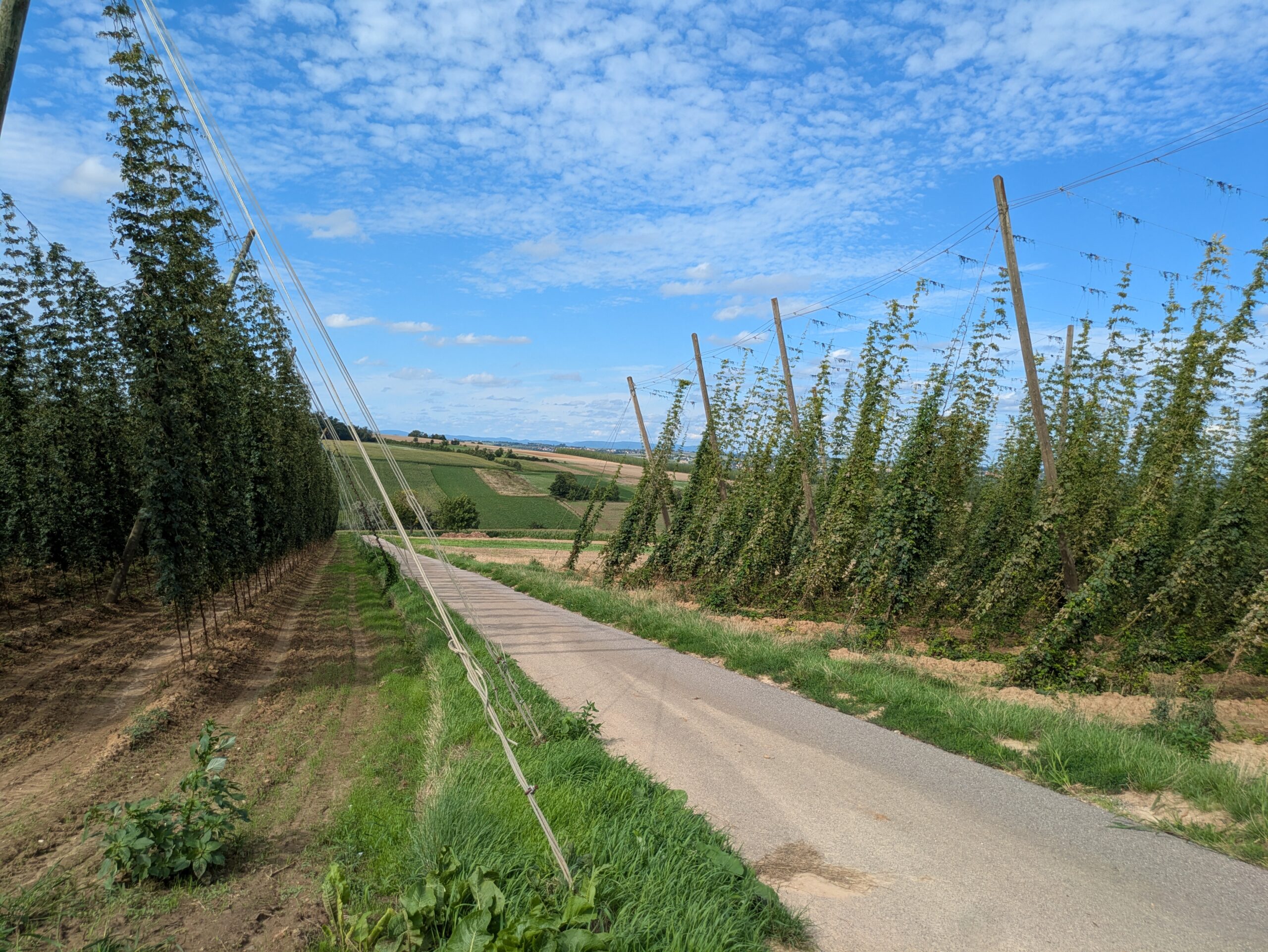
Preserving and passing on local know-how
Despite the passion, the challenges are many: monitoring diseases (downy mildew, powdery mildew), combating predators (aphids, red spiders) and heavy investment. “Today, a hectare of hopscosts over€20,000 to install, not including machinery. This isa real brake on young people wanting to get started
Another highlight of September is the Hop Festival, which takes place on 6 and 7 September and is organised by the Houblonnière brewery: on Sunday afternoon, there will be an open house and a local market. It’s a unique opportunity for the general public to see inside the farm, see the harvesting equipment and take part in the festivities.
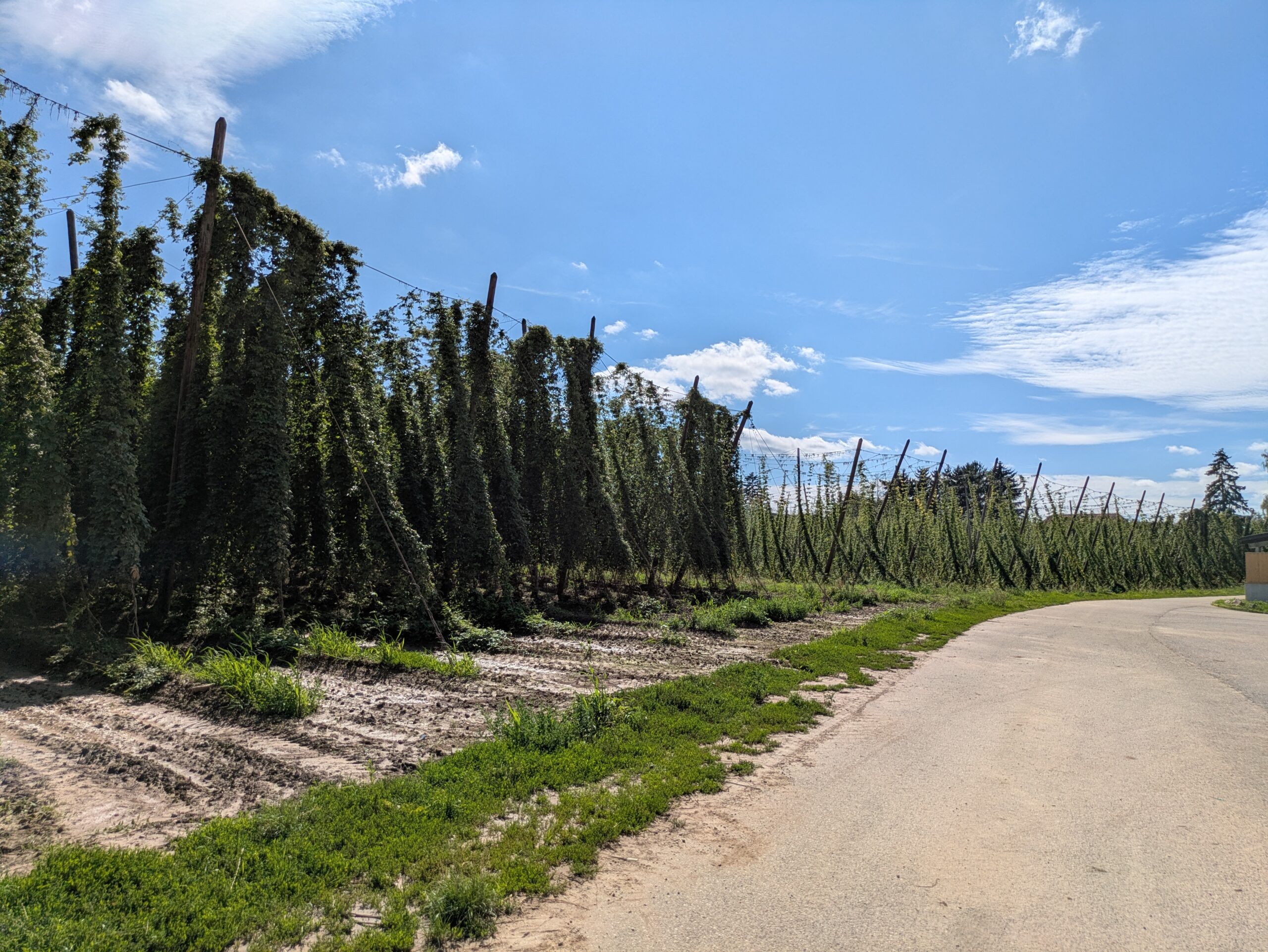
A future between tradition and renewal
Despite the ups and downs, Hubert remains optimistic. “Before Covid, we used to welcome up to2,000 visitors a year to the hop trail. We’rehoping to get back up to that level,thanks in particularto partnerships like the one with Le Beau Jardin
For him, hops are much more than an agricultural crop: they’re a vector for identity, memory and conviviality. It’s a passion rooted in the land, passed down from generation to generation, and one that the Tourist Office is proud to highlight this month.
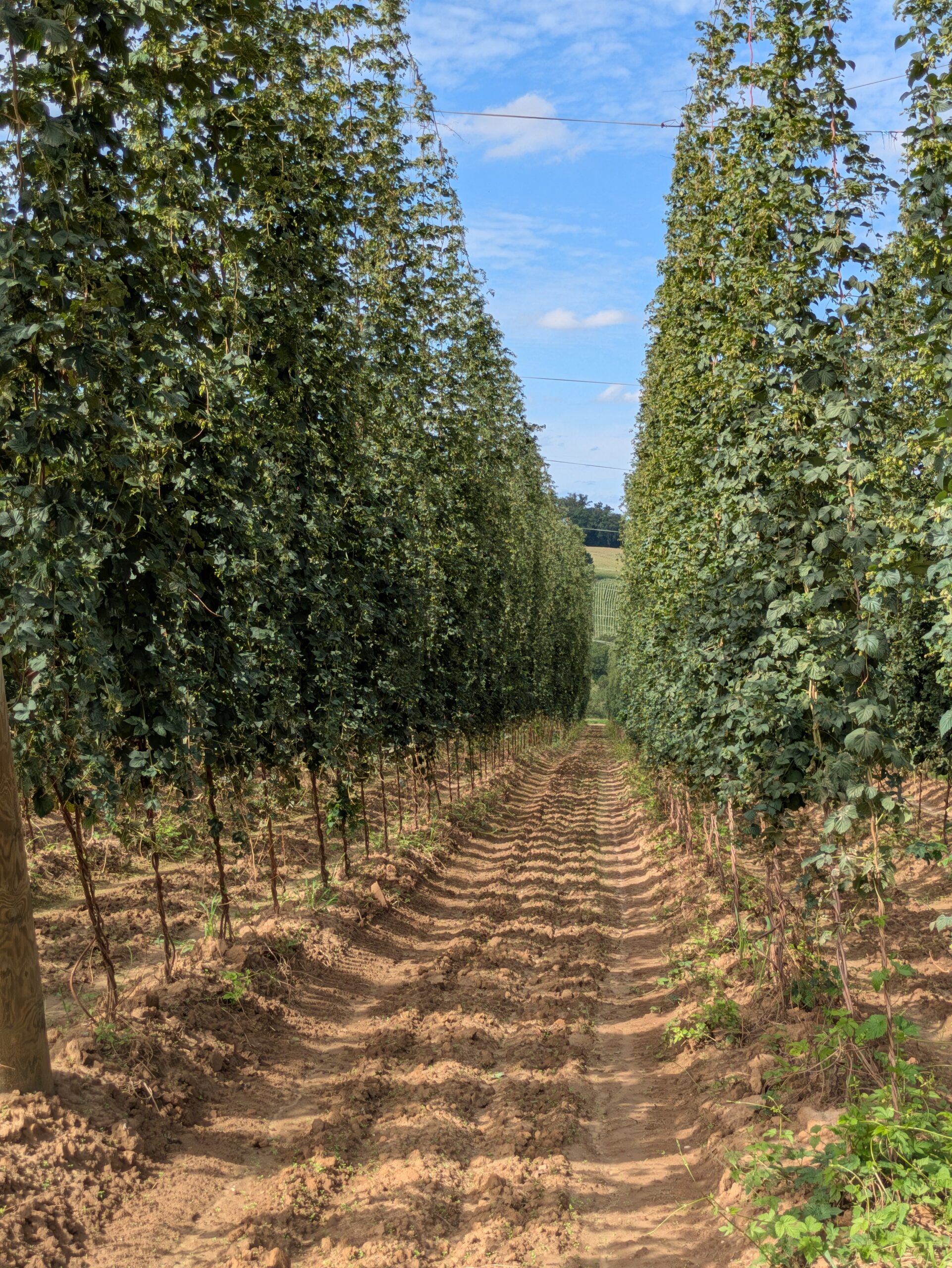
#visitlebeaujardin

Here, we open the doors to our beautiful garden.

 Follow us on @visitlebeaujardin
Follow us on @visitlebeaujardin 